Jessica Kendall-Bar

Marine mammals, after centuries of convergent evolution, have evolved striking cognitive similarities to humans. However, due to the logistical challenges inherent in neurobiological studies with these creatures, our knowledge of the chemicals involved in fundamental behaviors remains limited. My study will examine the concentrations of glutamate, a major neurotransmitter, in concurrence with electrophysiological data (using surgically implanted EEG electrodes) across the varied sleep types exhibited by the northern fur seal. These sleep types include the bilateral slow wave sleep which is exhibited by humans (sleeping in both hemispheres) and the […]
Steven Tran

Studying the Cosmic Microwave Background (CMB) requires highly sensitive optical instrumentation. I will be developing antireflective (AR) coating for lenses to be deployed in Chile to study the CMB. These AR coatings lower reflective loss, help separate CMB signals from other interference, and increase the bandwidth of the signal from the early universe. I will be developing AR coatings using plasma spray, specifically high velocity oxy-fuel spray. This method superheats a material which is then jetted on a surface to yield a uniform surface coating. Parameters of the spray must […]
Joey Barreto
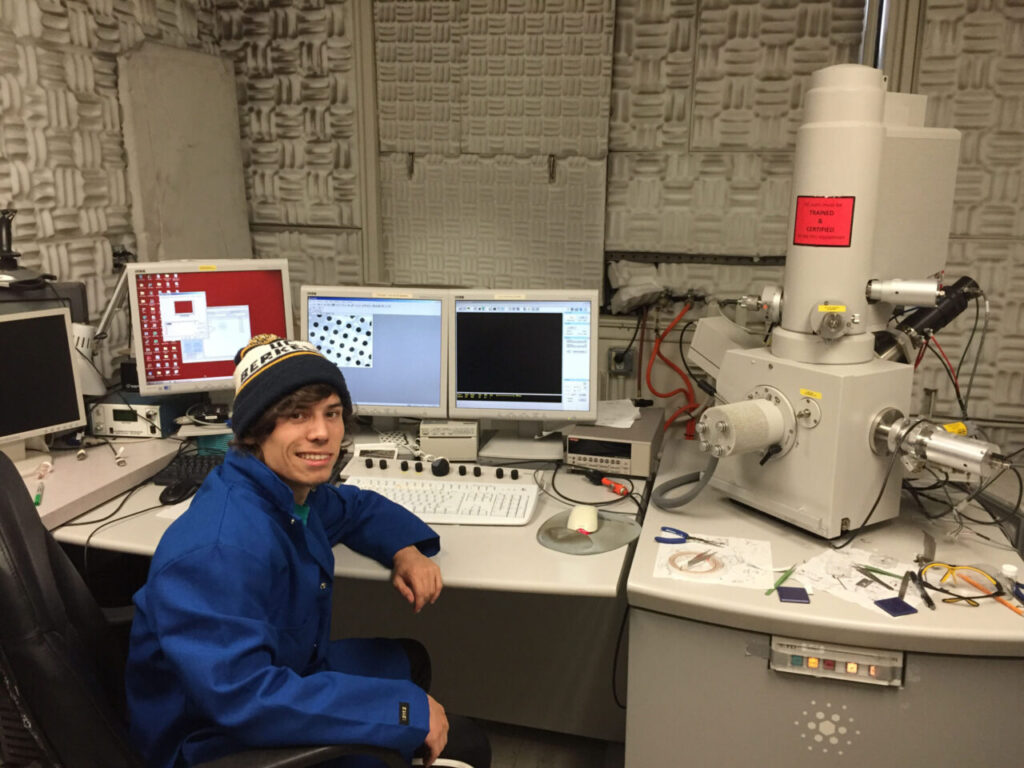
Today’s technology has allowed for significant advances in the fields of condensed matter physics and materials science. In recent years scientists have been able to consistently isolate high quality, atomically-thin layers of various crystals and compounds, beginning with graphene (a single sheetof carbon in a hexagonal pattern) in the mid-2000s. While there has been much research into the properties of single layers of certain materials, a rich variety of novel phenomena can explored in stacks of these layers, known as van der Waals heterostructures. The customization of these stacks and […]
Jacob Huh

Recent advances in the artificial neural networks have shown immense success in the computer vision field. While supervised learning tasks in object detection has shown to be a feasible task, the necessity of the supervision in the task is not observed in humans. Despite the fact that object Information is a unison of all senses, currently, object detection tasks are restricted to visual data. I will be researching on using multi modal data to tackle object detection in a supervised and unsupervised setting.
Juliet Hemmati
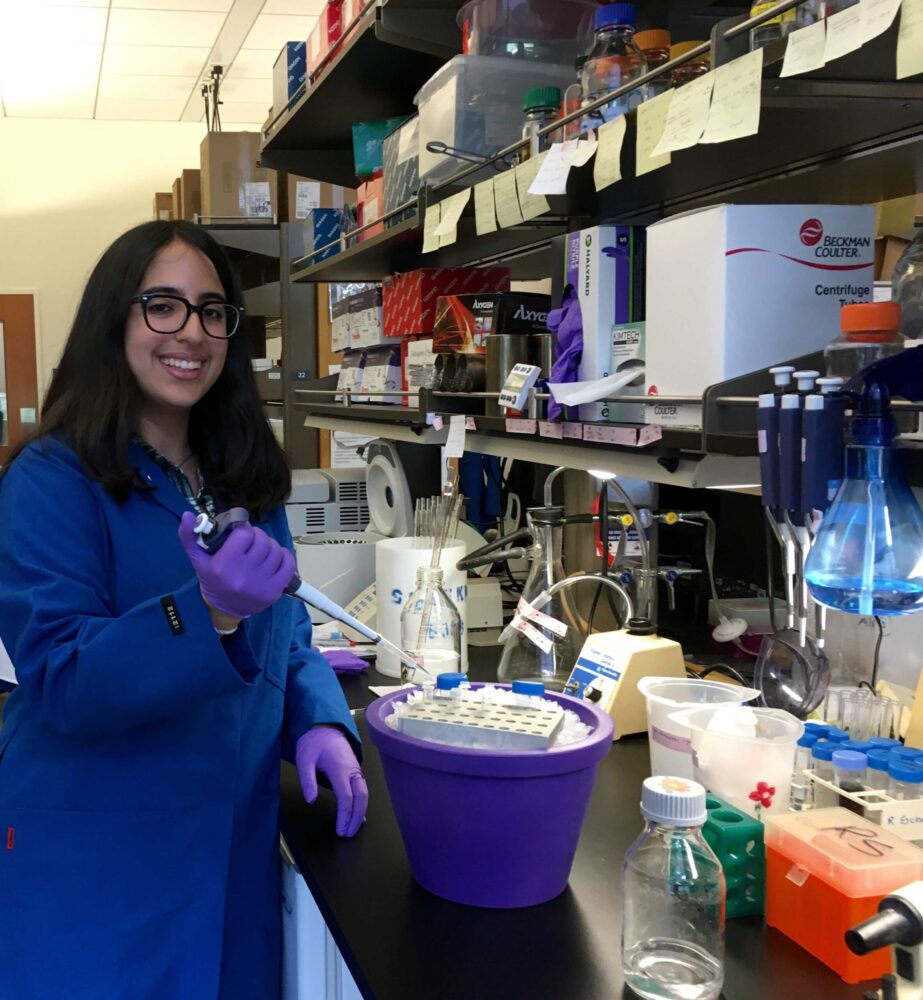
Collagen is the most abundant protein in mammals: it is essential for tissue development and homeostasis, and its dysfunction contributes to tumor progression. As a major component of the extracellular matrix (ECM), collagen is secreted by specialized cells such as fibroblasts. In the tumor microenvironment, transforming growth factor- (TGF) released by tumors can stimulate fibroblasts to produce more collagen, among many other proteins. In a recent study, when TGF was supplemented to cultured fibroblasts, transcription of procollagen I (PC1) more than doubled and so did the amount incorporated into the […]
Tiffany Fung
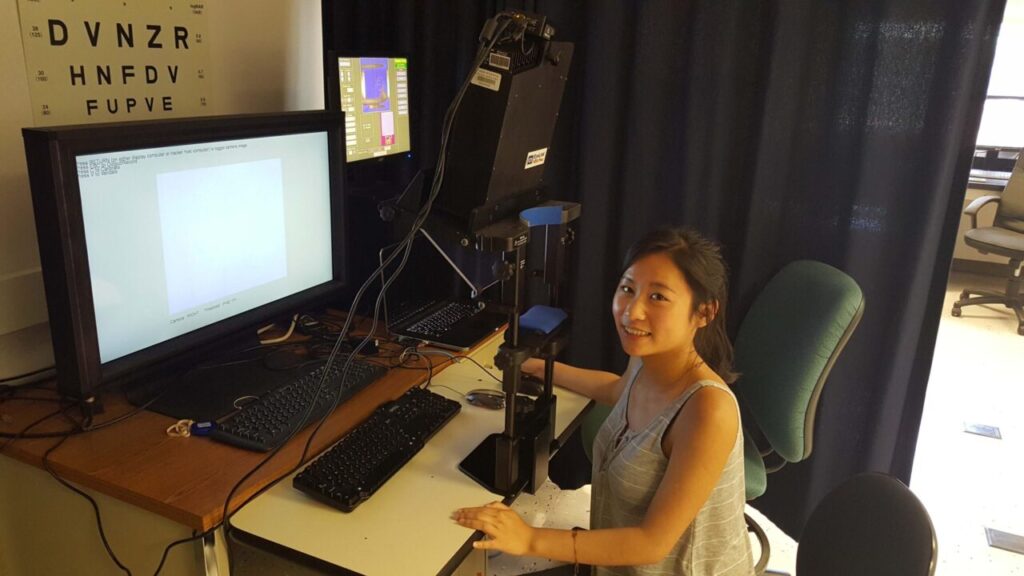
Age-related macular degeneration is the number 1 leading cause of blindness in the world. Macular degeneration is a central retina eye disease that leads to the atrophy of photoreceptors in the macular region of the eye and causes vision loss. AMD patients develop a scotoma, a blind spot, in the central part of their visual system. Their fovea, located in the macular region, which gives the highest acuity and resolution of vision, also becomes degenerate. The presence of a scotoma is associated with an increase in the number of eye […]
Alexander Kim
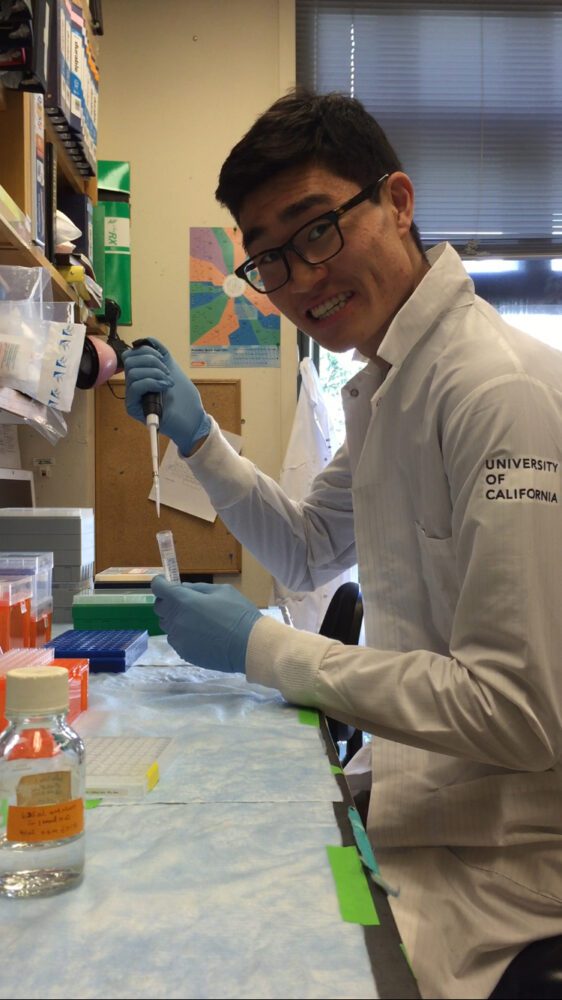
Cancer refers to a group of currently incurable diseases characterized by the unchecked proliferation of abnormal cells in the body, resulting in the growth of tumors. Today, cancer remains the second leading cause of death in this country. Most current cancer therapies are highly toxic and often only partially effective, highlighting the need for a greater understanding of this disease in order to inform new therapies. Immune cells, including natural killer (NK) cells, possess the innate ability to identify and destroy tumor cells via specific interactions between cell surface receptors […]
Justin Choe
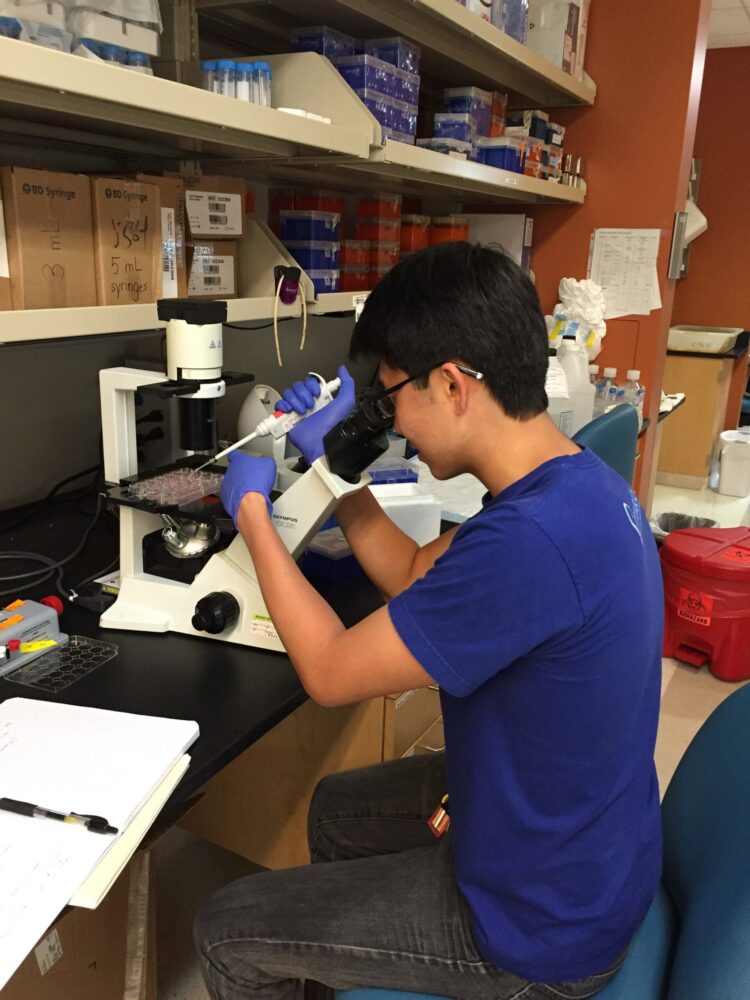
Despite the growing prevalence of diabetes, the exact biological mechanisms leading to the onset of this disease still remain painfully unclear. Type 1 diabetes in particular is caused by an autoimmune attack to an individuals insulin secreting beta cells; this cell population cannot be regenerated and an adverse condition known as hyperglycemia ensues. The immune cells and chemokines present in the pancreas at the onset of this autoimmune response are of interest when considering this disease. Recent studies have suggested that the activity of a particular G-coupled protein receptor may […]
Saam Shahrokhi
It is estimated that about 300,000 women will be diagnosed with breast cancer in 2016, making it cancers most common form. About twenty percent of these cases are classified as ductal carcinoma in situ (DCIS), meaning that within the milk duct (ductal) of the mammary gland, cancerous epithelial tissue (carcinoma) has formed, and it is still localized to where it originally developed (in situ). At this stage, ductal carcinoma is not lethal, and a simple lumpectomy can often be performed to remove malignant tissue. However, if the cancer cells proliferate […]
Alexios Stamoulis
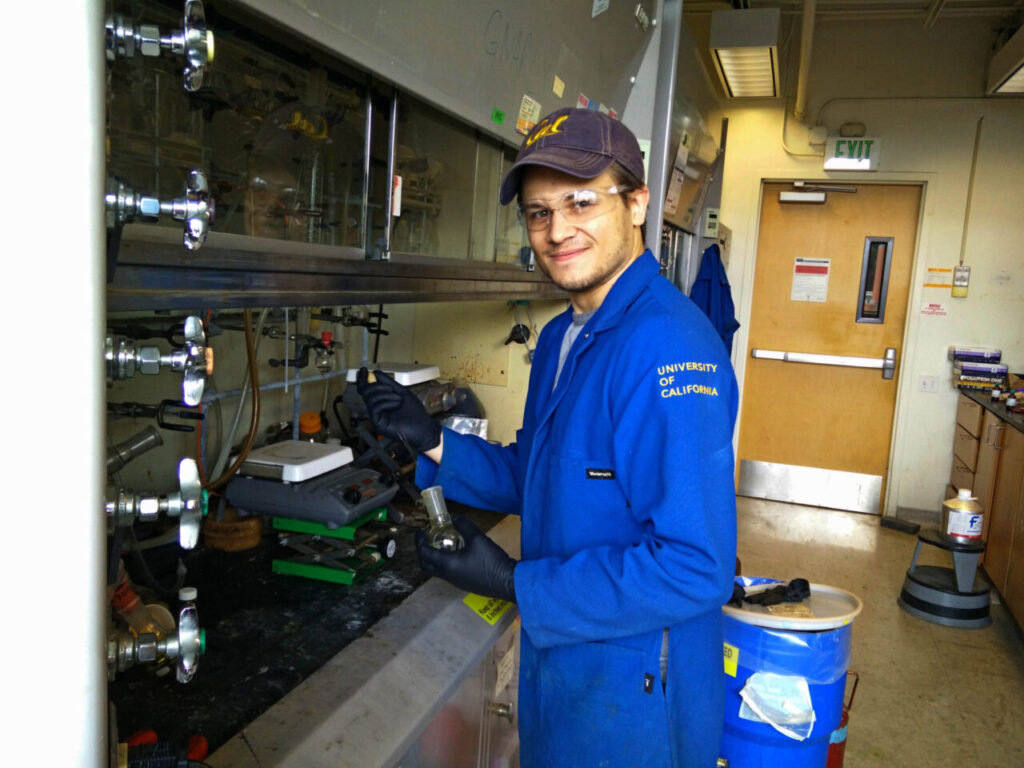
The catalytic profile of supramolecular hosts is analogous to that of most enzyme active sites and biological chaperones, which provide both entropic and enthalpic incentives for rapid and reversible substrate encapsulation into their hydrophobic cavities and catalyze reactions by stabilizing transition states. So far, the Raymond group has made significant advances in the study and further development of M4L6 tetrahedral clusters. These tetrahedral clusters are composed of four gallium ions which make up the vertices of the tetrahedron and six organic ligands which make up the edges of the tetrahedron. […]